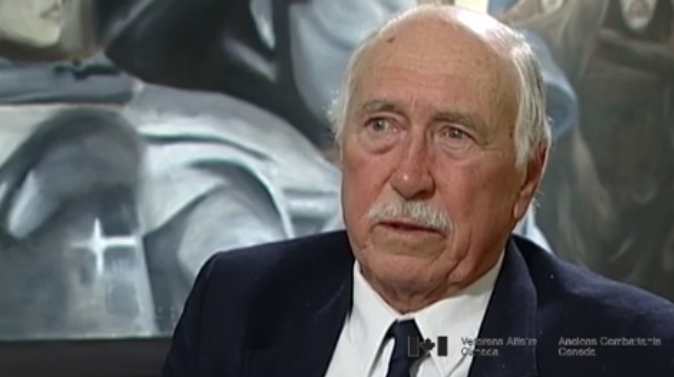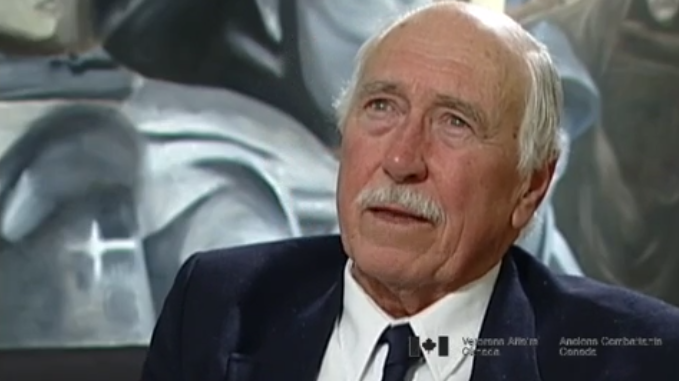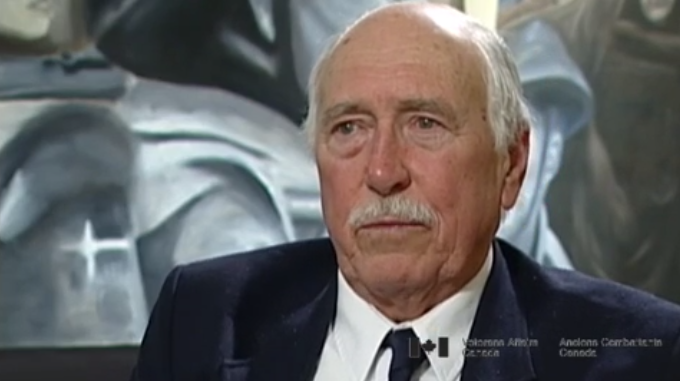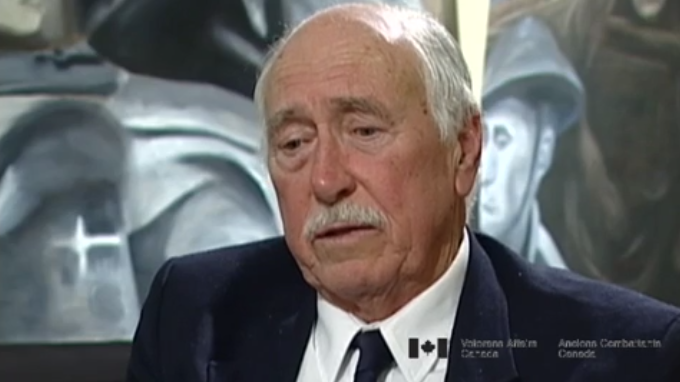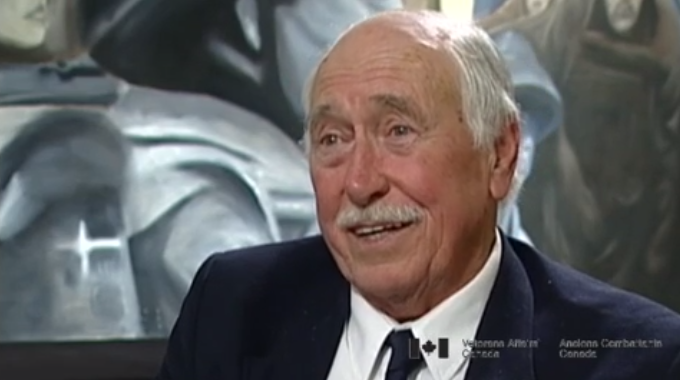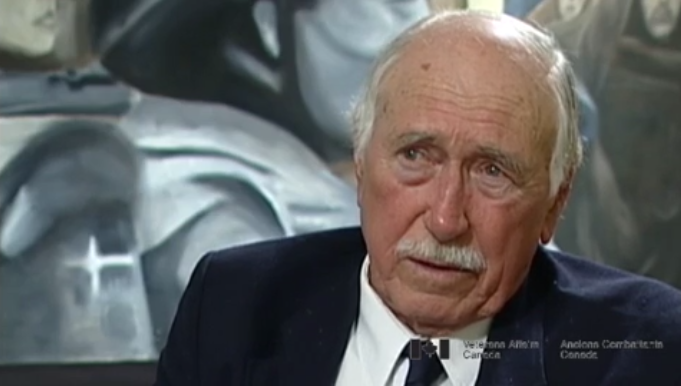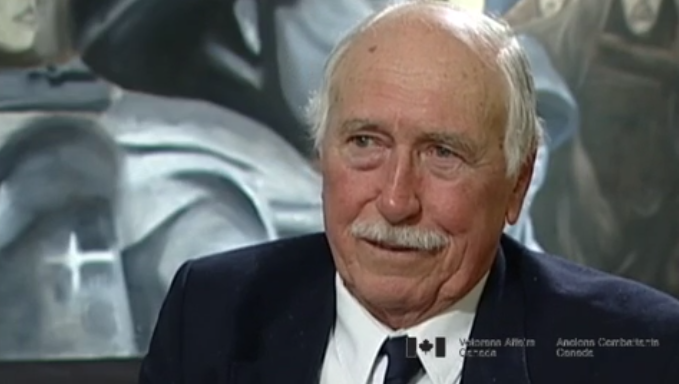You go through the process of dismantling guns and putting them
together and find out what they can do and what their
capabilities are, what their muzzle velocity is, and all the
things that go with that. And you had to strip them down, put
them back together again, and look for stoppages, and all this
type of thing. Y'know, it was good training, but they had got
you, you know, in that mood right from the time you went in
after the parade square. They, they had you, and they had you
trained, and you were learn, gonna learn what you're gonna do.
.303 Browning. That's the one that you did the most work on,
but, actually, when you first started to fly, what you're using
was the old Vicker's gas-operated, with the drum on the top.
Yeah, and that was when you're in the Bristol turret too, on the
back of the old Fairey Battles. Things that used to leak glycol
all the time. So, you know, and that was the one that you worked
the controls on, and you went up the seat and so did the guns,
and then the guns went down. You went up... go the other way.
But yeah, they had to load your own drum, but you were given a
certain colour, the bullets were painted, like. So it's when,
when you're shooting at the, at the drogue, yours would leave a
mark on there, so when they dropped the drogue and then they,
they would count how many holes in that belonged to you, because
there was at least two of us go up at a time. You would fire 500
rounds or 300 rounds, and then the next guy would come up with
his drum and put it in, and then he'd fire that. But, it, it was
good when you were shooting at the target because that's all you
were doing, that's all your mind was doing. You weren't paying
any attention to the aircraft or anything else around you. You
were concentrating on that drogue flying out there. And, of
course, then you'd go into different positions because you'd do
a crossover and back, but you had to shoot from different angles
at the, at the drogue. And that's what you were going to do.
See, the turrets weren't, weren't like they were on the bombers,
because you couldn't swing them around like... it wasn't really
a turret. It was just, get up and sit between them and shoot.
And I got wings in the middle of October. That was quite an
experience, the wings parade, because my father and mother went
down to Rimouski and when I saw them, and then I asked the guy,
the commander who was doing the ceremony, I asked him if my
mother could pin the wings in. He, he said, "Yeah."So, mother
did. And then dad pinned the sergeant stripes on your, on your
arm. That was good, and they stayed in, around Rimouski over,
over that period of time, and they actually, they came
back...But he had a pass. Mom and him had a pass on the
railroads, so it didn't really cost them anything to travel on
the train. But that's about the first time dad had been ever
anywhere to speak of. So, it was, it was nice.
It was an emotional time for me. Still is.




